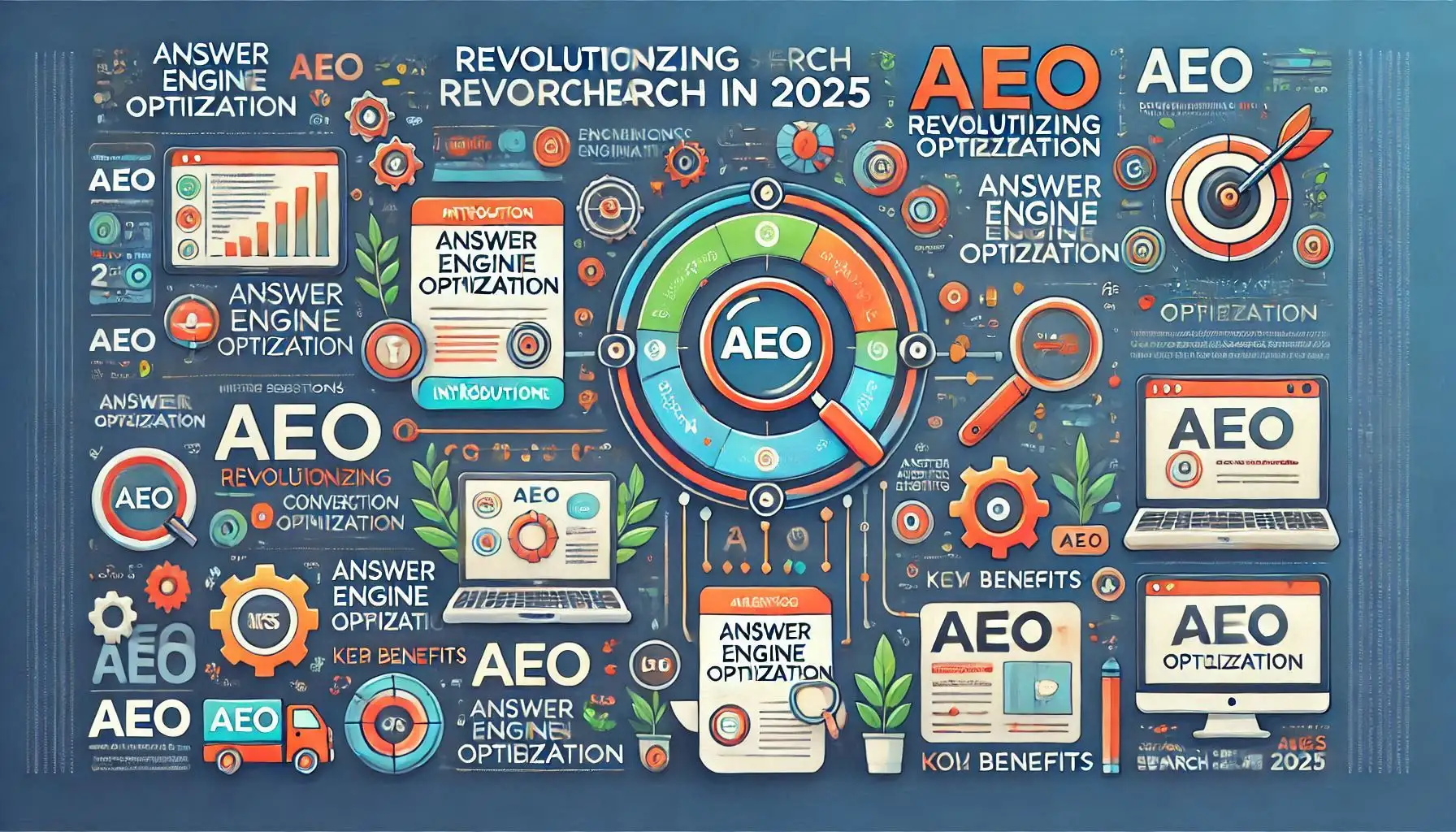Backlinks play a crucial role in boosting SEO and enhancing website ranking. In fact, sites with a robust backlink profile are 35% more likely to rank higher in search results. However, slow indexing can hamper your efforts. This guide outlines effective strategies to help you index backlinks quickly in Google.
How Google Discovers and Indexes Backlinks
Google relies on a systematic crawling and indexing process. It continuously scans the web to find new content and links. When a site earns a backlink, it signals to Google that the content is valuable. Google Search Console can help monitor and manage this process. On average, it can take 1-3 weeks for backlinks to be indexed.
Factors Influencing Backlink Indexing Speed
Several factors can affect how quickly Google indexes backlinks:
- Website Authority: Established sites with higher authority tend to have faster indexing.
- Domain Age: Older domains often get prioritized in crawling.
- Quality of Backlinks: Relevant backlinks from authoritative sites boost indexing speed.
- Website Structure: A well-organized site with a clear internal linking strategy enhances crawl efficiency.
Identifying Unindexed Backlinks
To check for unindexed backlinks, use Google Search Console:
- Go to the “Links” section.
- Review the links pointing to your site.
- Identify those that lack indexing.
Other tools like Ahrefs and SEMrush also provide backlink analysis. For instance, Ahrefs can show your backlinks and their indexing status, allowing you to make informed decisions.
Optimizing Your Website for Faster Indexing
Improving Website Crawlability
Improving crawlability is vital for fast indexing. Consider:
- Creating an XML sitemap to guide crawlers.
- Using a well-structured robots.txt file to allow or block certain pages.
- Enhancing loading speed—aim for under three seconds.
Enhancing Backlink Profile Quality
Quality matters more than quantity in backlinks. Focus on:
- Relevant links from authoritative sites.
- Avoiding low-quality backlinks, which can harm your site.
- Real-world example: A site with links from credible sources like news websites will rank better than one linked by spammy blogs.
Leveraging Internal Linking Strategy
Strategic internal linking can fast-track indexing by helping crawlers discover all your pages. Consider these best practices:
- Link to new content from existing, high-traffic pages.
- Use descriptive anchor text to provide context.
Research indicates that sites with a strong internal linking strategy see a 20-40% improvement in crawl efficiency.
Utilizing Google Search Console for Backlink Indexing
Submitting Sitemaps and URLs
To expedite indexing:
- Submit Sitemaps: Go to the “Sitemaps” section in Google Search Console and enter your sitemap URL.
- Submit Individual URLs: Use the “URL Inspection” tool to request indexing for specific pages. An example of success: submitting a newly published blog post that gets indexed within 24 hours.
Monitoring Indexing Status
You can track indexing status through Google Search Console:
- Check the “Coverage” report for indexed pages versus unindexed ones.
- Use data to address any indexing problems, like errors or warnings.
Utilizing Google Search Console’s Other Features
Explore additional features for indexing help:
- Use the URL Inspection tool regularly to check for crawl errors.
- Leverage the coverage report to identify areas needing attention.
Accelerating Indexing Through External Factors
Building High-Quality Content
High-quality content speeds up indexing. Consider:
- Conducting thorough keyword research.
- Implementing on-page SEO strategies effectively.
- Crafting engaging and well-structured articles.
Outreach and Relationship Building
Outreach can promote faster indexing. Build relationships with:
- Other website owners for backlinks.
- Influencers to share your content.
Successful outreach campaigns, like guest blogging, can dramatically improve your backlink profile.
Leveraging Social Media Promotion
Social media boosts indexing speed by promoting your content. Be aware of:
- The impact of social signals on SEO.
- Sharing your content on various platforms to attract more visitors.
Advanced Strategies for Rapid Backlink Indexing
Utilizing Schema Markup
Schema markup helps search engines understand your content better, facilitating faster indexing. Implementing different schema types can provide added benefits to your site’s visibility.
Exploring Accelerated Mobile Pages (AMP)
Implementing AMP offers advantages like:
- Enhanced loading speed on mobile devices.
- Increased chances of indexing due to improved user experience.
To optimize for mobile, ensure your website’s responsiveness and image sizes.
Monitoring and Analyzing Indexing Data
Continuous monitoring of indexing is crucial. Use data to refine your SEO strategy:
- Track indexing speeds and adjust tactics as needed.
- Utilize data to inform content improvements and backlink strategies.
Conclusion
In summary, indexing backlinks quickly is essential for effective SEO. By implementing a combination of strategies—from optimizing website structure to leveraging social media—you can enhance your backlink indexing significantly. Start applying these strategies today to see improved results in your site’s performance and visibility.



